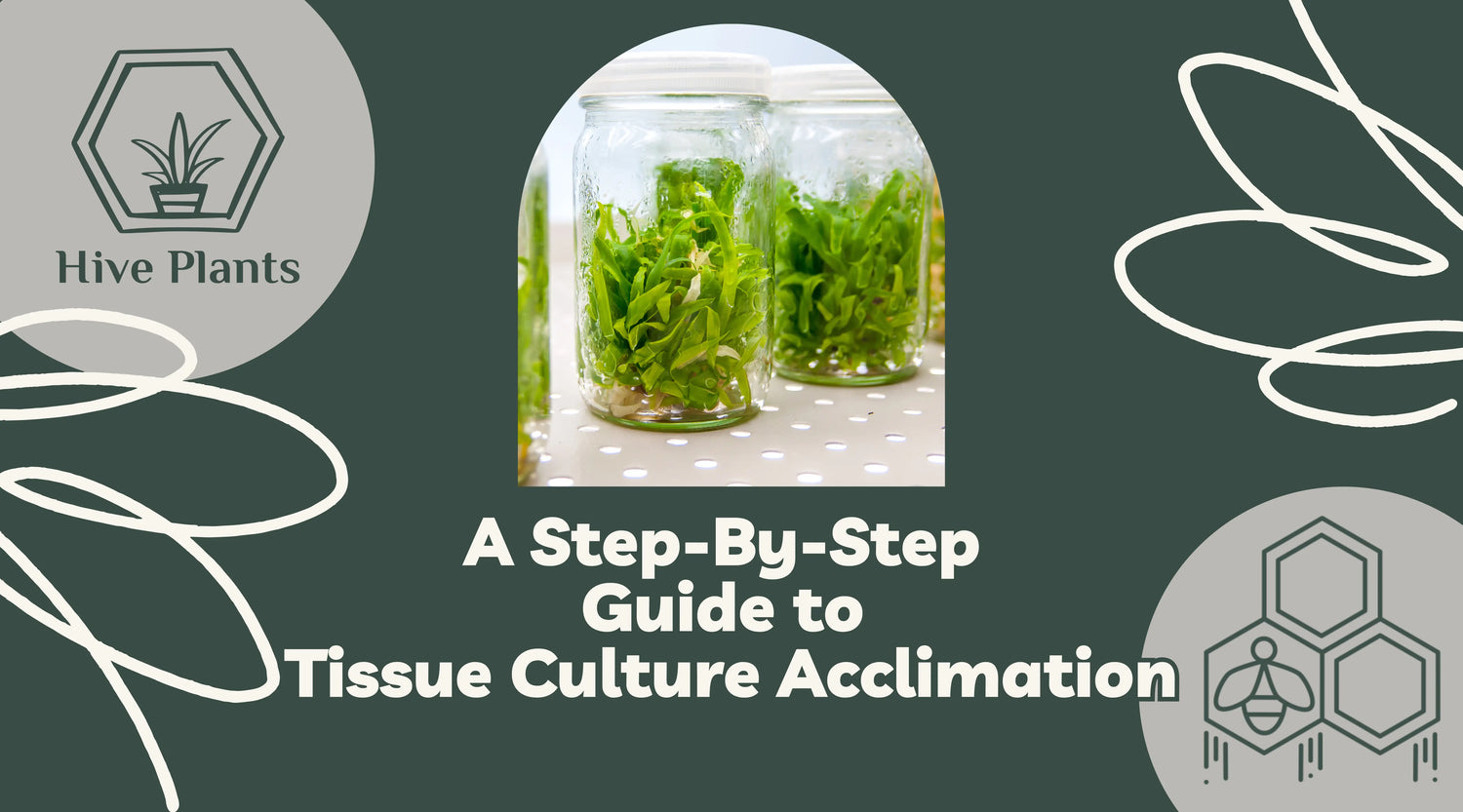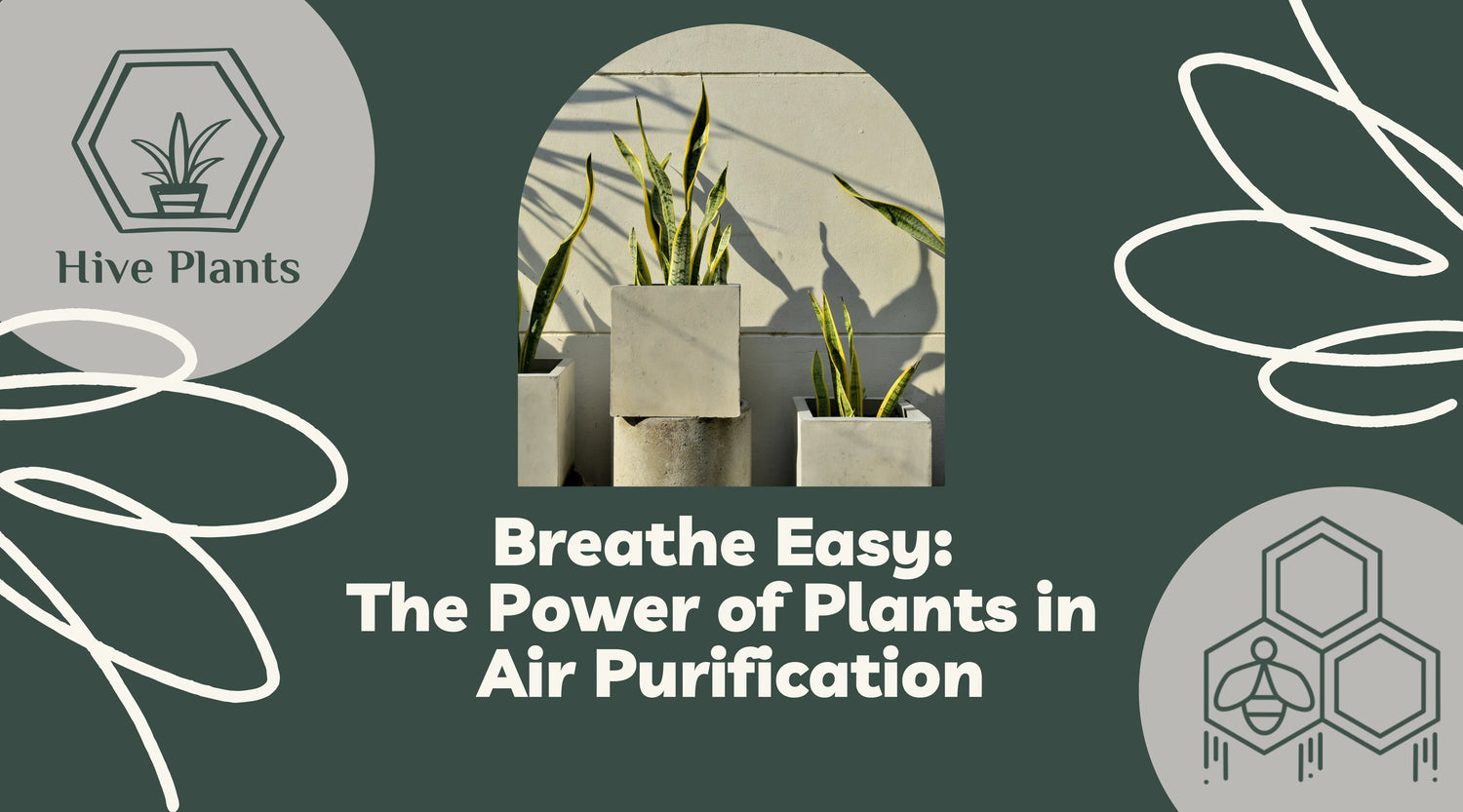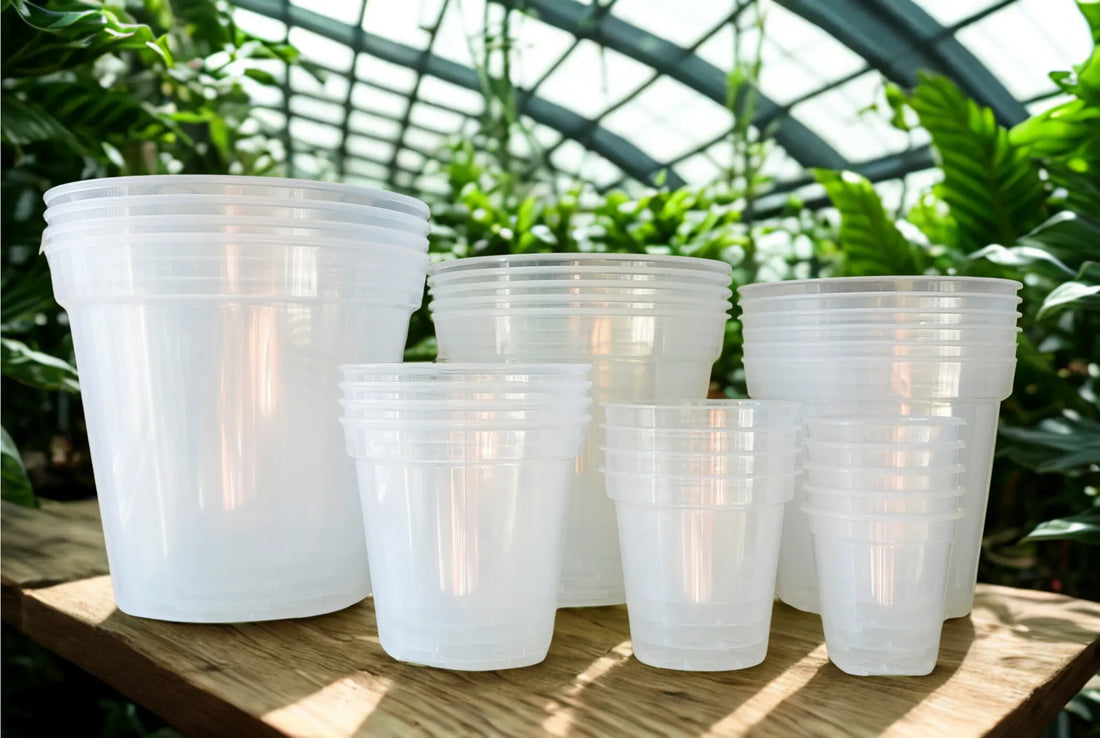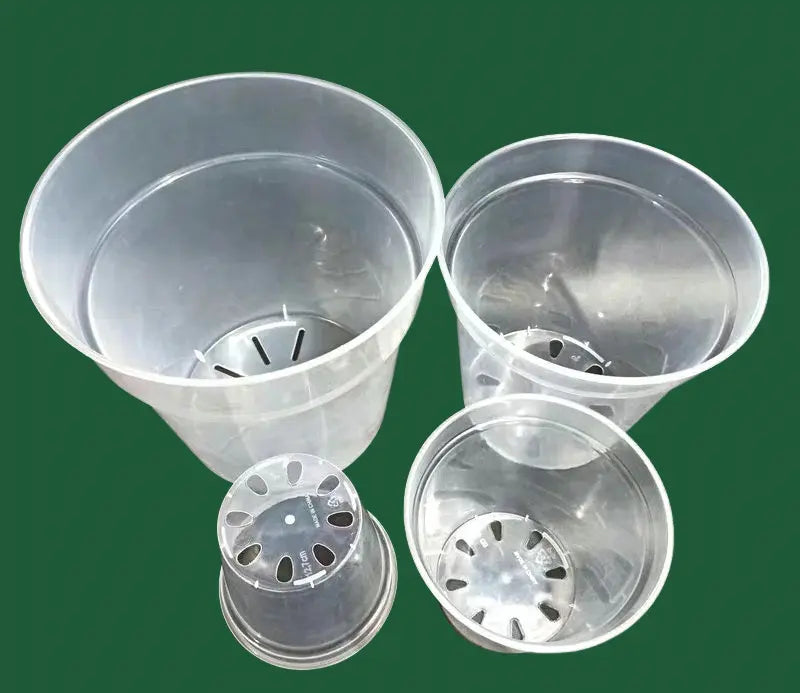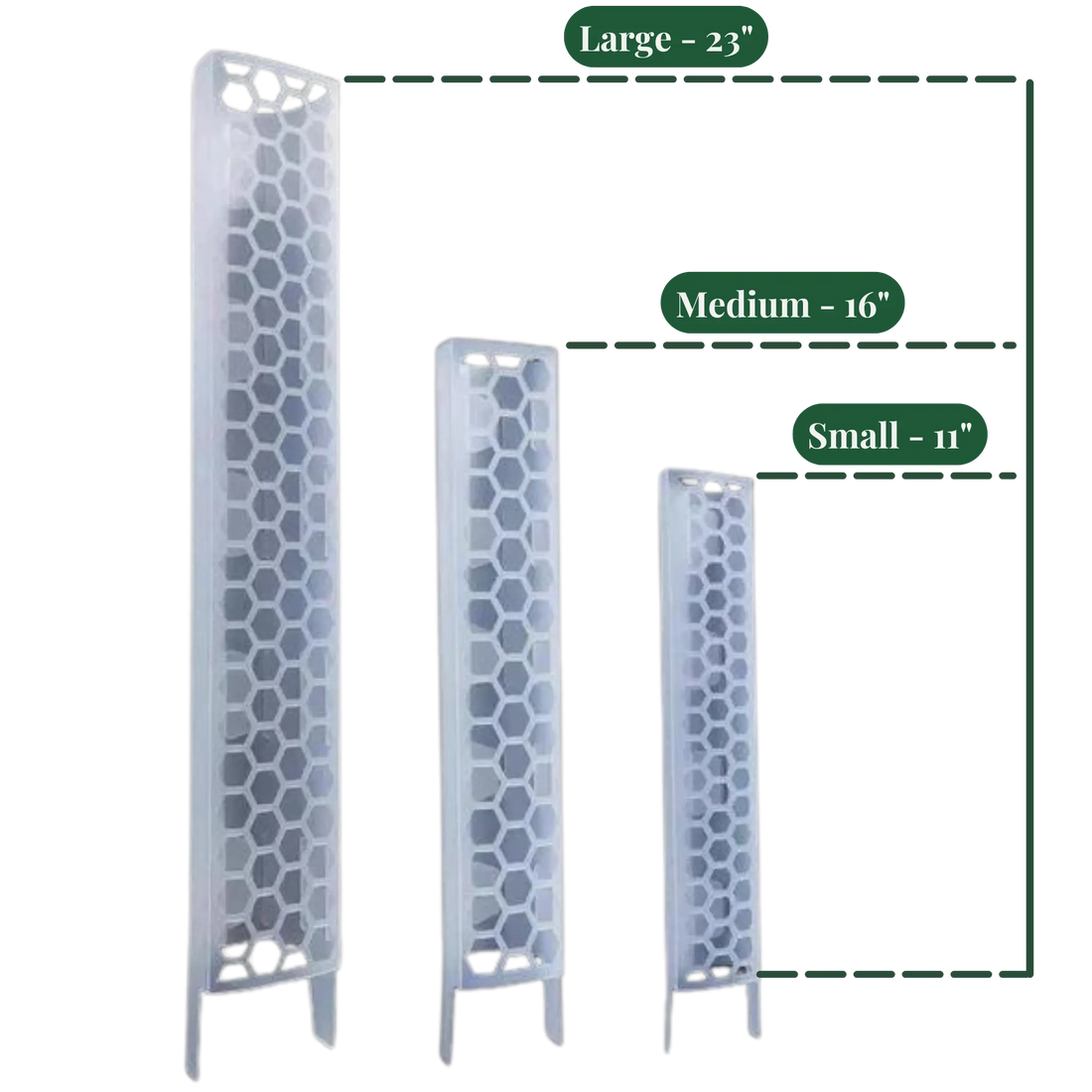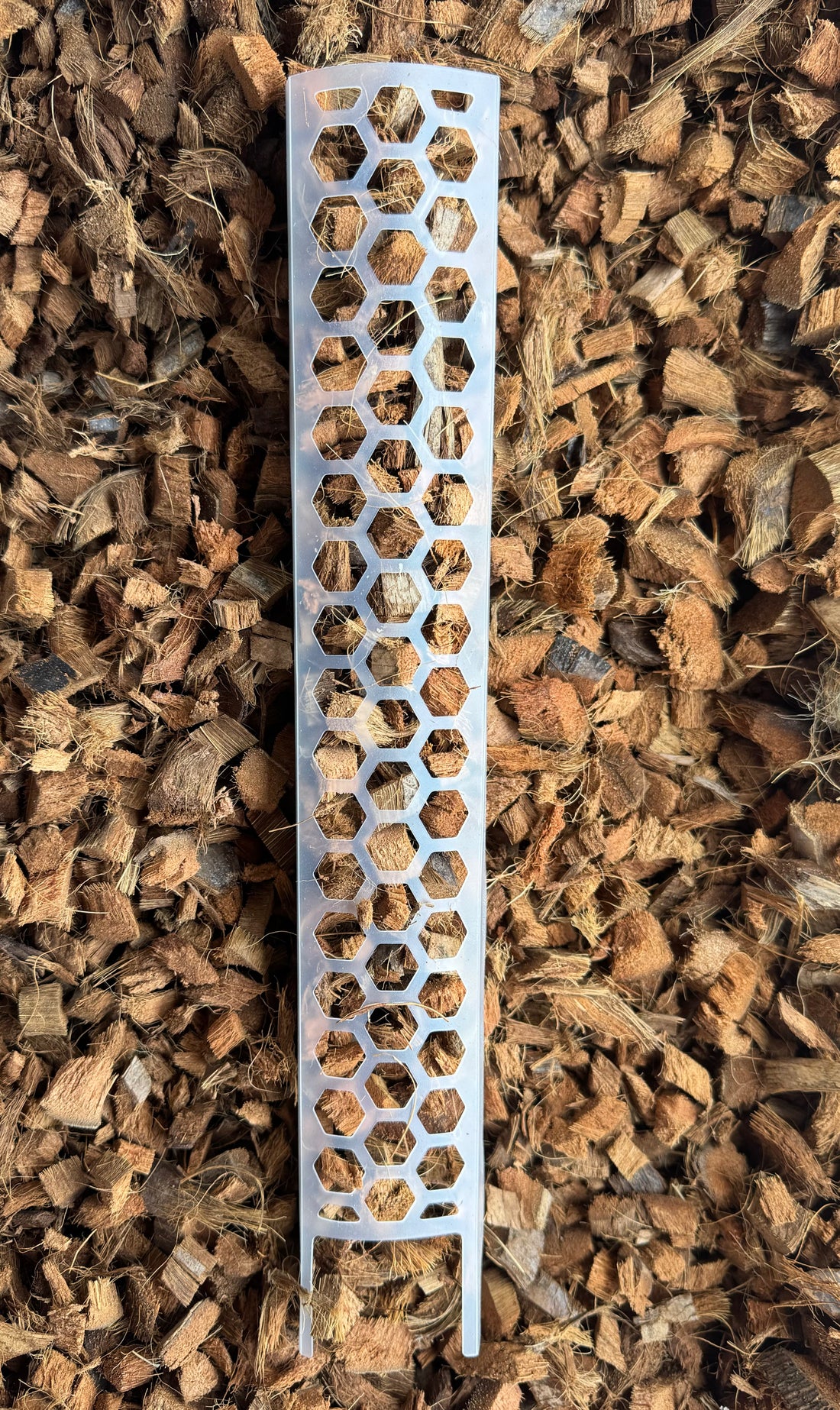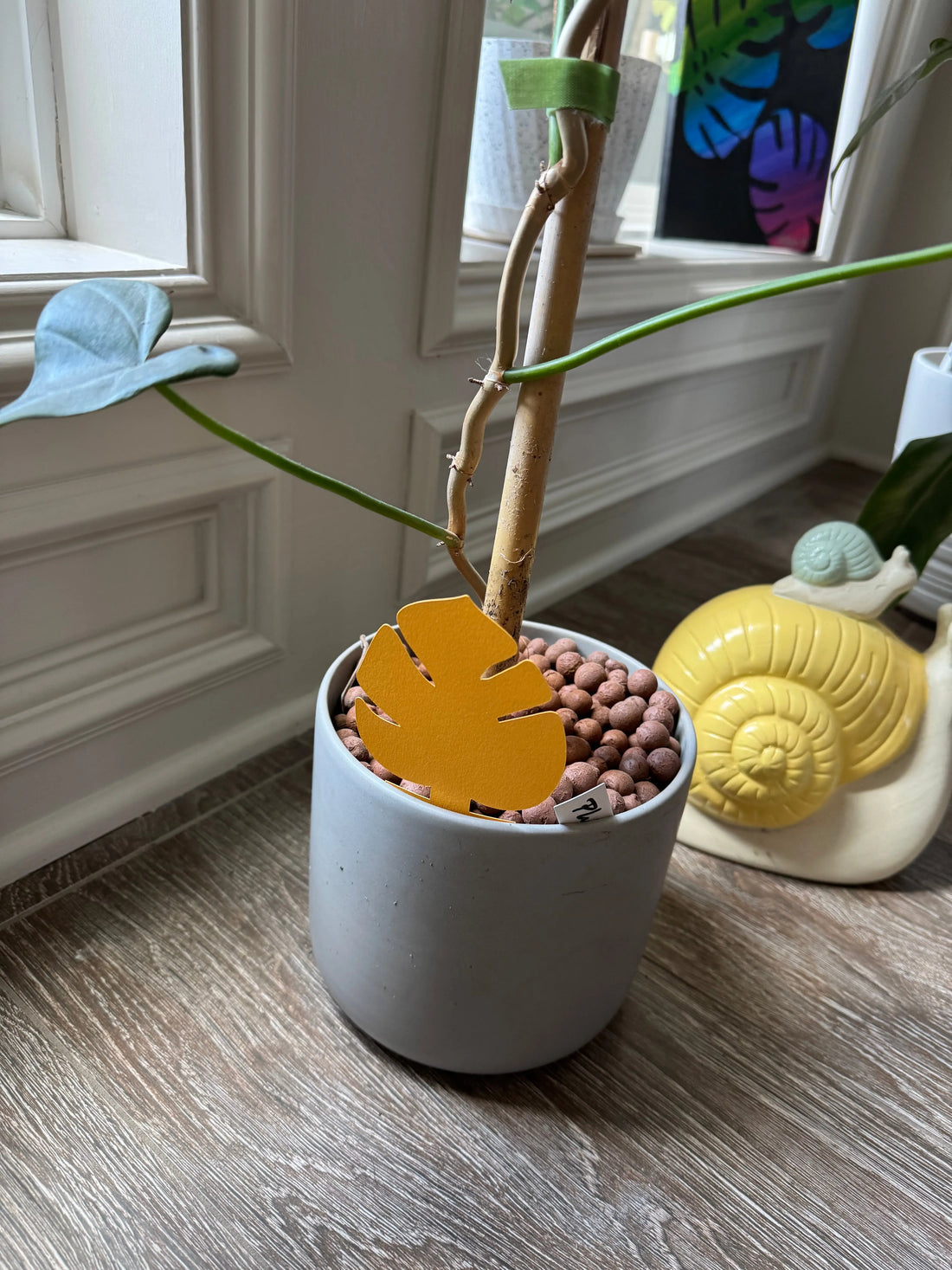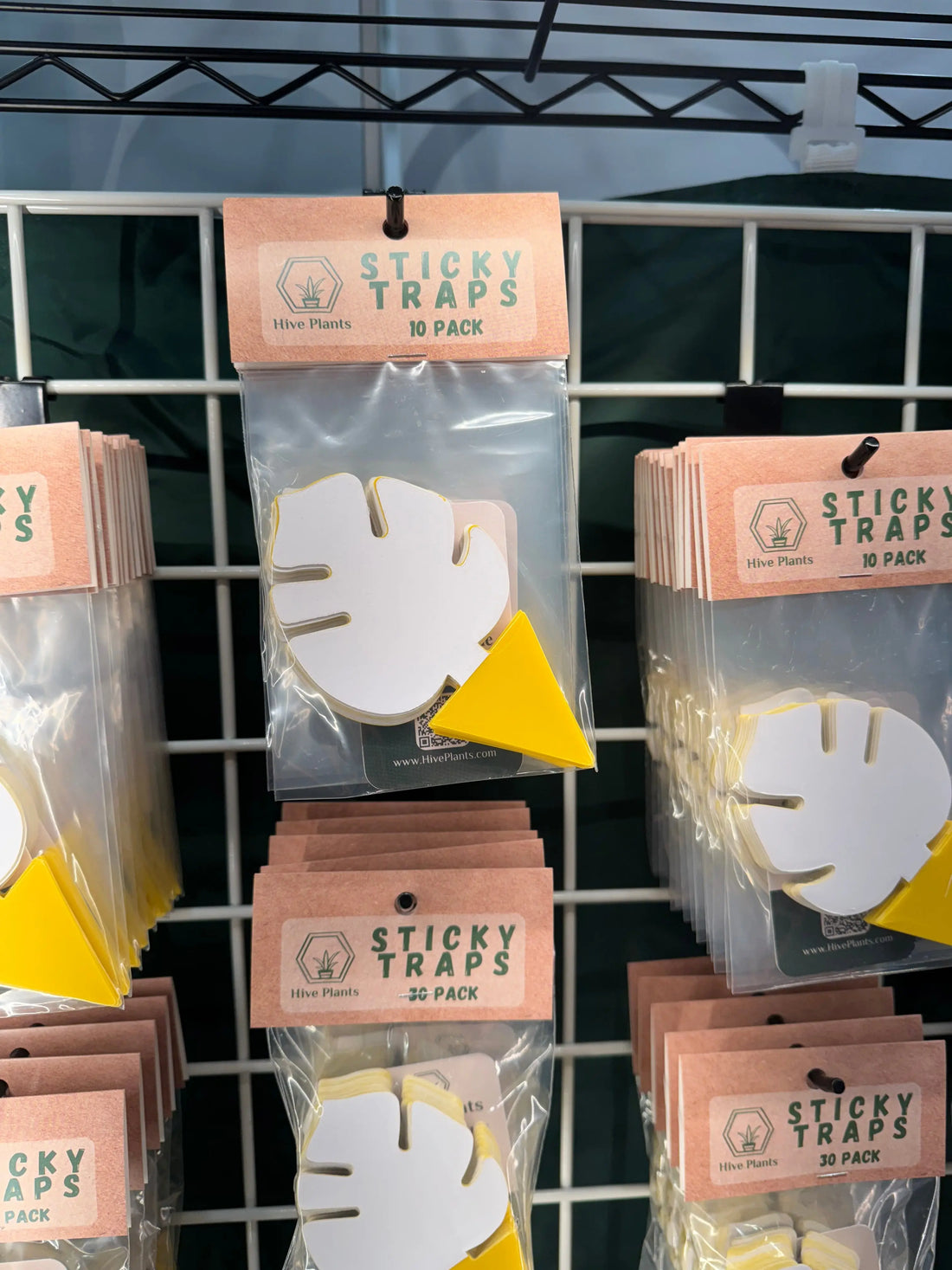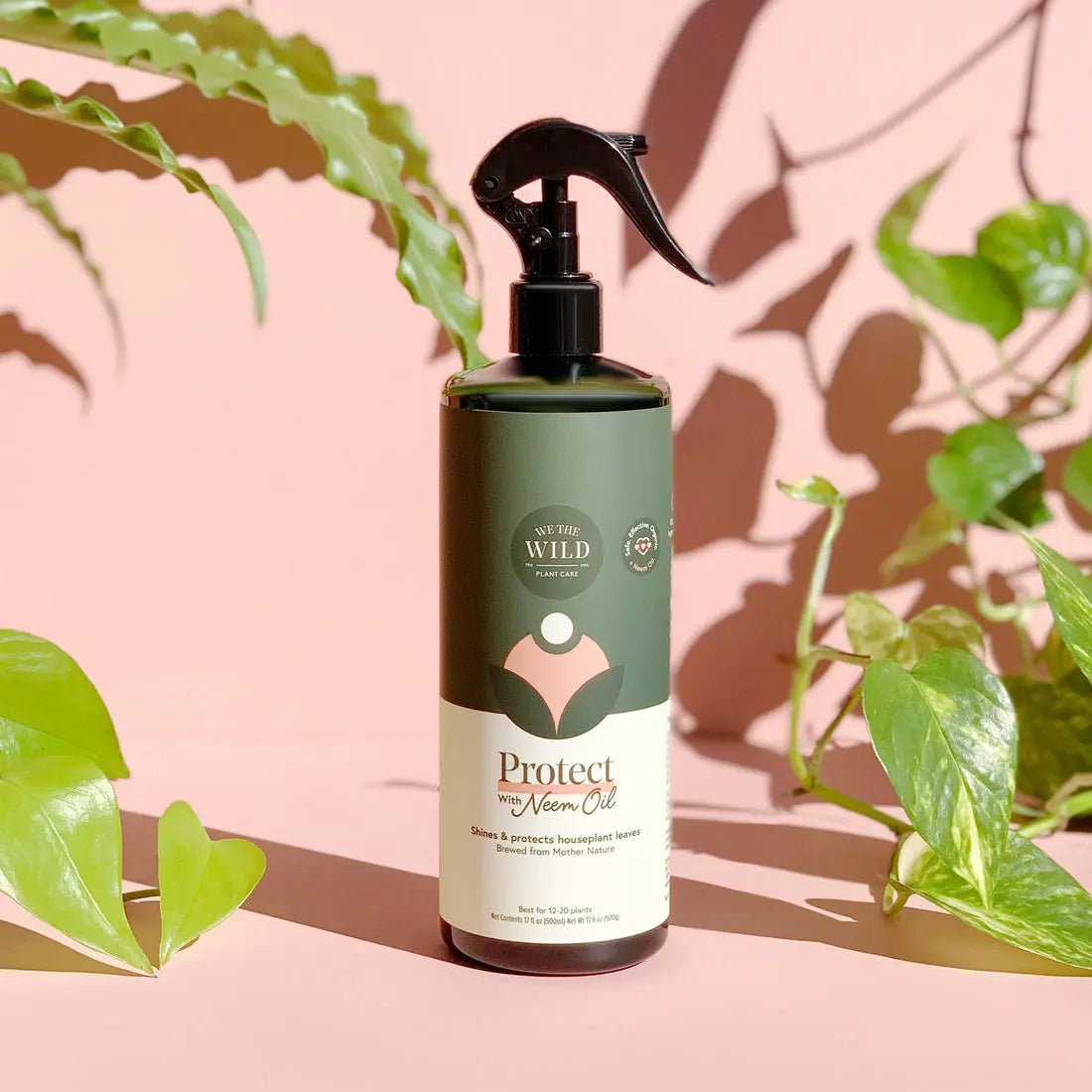Maranta, commonly known as the Prayer Plant, is a striking houseplant known for its vibrant foliage and unique leaf movements. With its care-focused attention, the Prayer Plant can be a stunning addition to your indoor jungle. In this comprehensive care guide, we'll explore every aspect of Maranta care, from light and water requirements to common problems and pet safety.
Light
Maranta thrives in bright, indirect light. Avoid direct sunlight, as it can scorch the delicate leaves. Place your plant near a window with filtered or dappled sunlight. Inadequate light may cause the plant to lose its vibrant colors, while too much light can lead to leaf burn.
Water
Maintaining the right moisture balance is key to Maranta care. Keep the soil consistently moist but not waterlogged. Water when the top inch of soil feels dry. Prayer Plants are sensitive to fluoride and chlorine, so using distilled or filtered water is beneficial.
Temperature & Humidity
Maintain a temperature range of 65°F to 75°F (18°C to 24°C) for your Maranta. These plants also thrive in high humidity environments. If your home is dry, consider using a humidity tray, room humidifier, or regular misting to keep the humidity levels around 50% or higher.
Soil
Use a well-draining, peat-based potting mix for your Prayer Plant. A mix designed for tropical plants or African violets is ideal. Ensure the pot has good drainage to prevent waterlogged roots.
Re-Potting
Maranta generally doesn't require frequent repotting. Repot when the plant becomes root-bound or outgrows its current pot, typically every 2-3 years. Spring is the best time for repotting. Choose a pot that's 1-2 inches larger in diameter than the current one.
Fertilization
Feed your Maranta during the growing season (spring and summer) with a balanced, water-soluble fertilizer. Dilute the fertilizer to half the recommended strength and apply it every 4-6 weeks. Avoid over-fertilization, which can lead to salt buildup in the soil.
Pet Safe
Good news for pet owners: Maranta is non-toxic to cats and dogs. However, it's still a good practice to monitor your pets around plants. Some animals may be tempted to chew on the leaves, which can lead to minor gastrointestinal upset.
Common Problems
Syngoniums can face a few common issues:
- Leaf Browning: Brown leaf tips can result from low humidity. Increase humidity levels around your plant or try misting it regularly.
- Yellowing Leaves: Overwatering or insufficient light. Adjust your watering routine and provide more indirect light.
- Leggy Growth: If your plant becomes tall and sparse, it might be craving more light. Move it to a spot with slightly brighter indirect light.
- Root Rot: Overwatering can lead to root rot. If you notice mushy, discolored roots, trim away affected areas and adjust your watering routine.
- Pests: Mealybugs and spider mites can occasionally infest dieffenbachia. Inspect your plant regularly, and treat any infestations promptly with insecticidal soap or neem oil.



